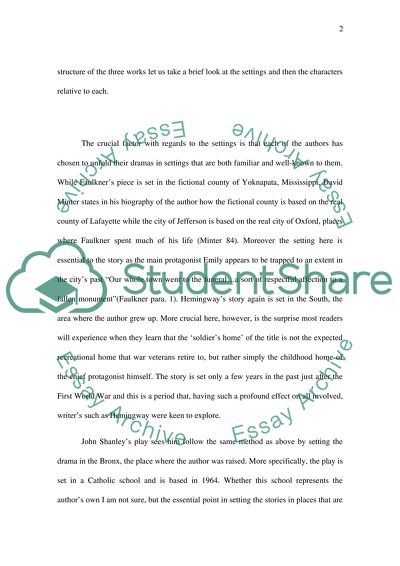Cite this document
(“A Comparative Analysis of Selected Works by Faulkner, Hewingway and Essay”, n.d.)
Retrieved from https://studentshare.org/literature/1424114-short-story-and-play
Retrieved from https://studentshare.org/literature/1424114-short-story-and-play
(A Comparative Analysis of Selected Works by Faulkner, Hewingway and Essay)
https://studentshare.org/literature/1424114-short-story-and-play.
https://studentshare.org/literature/1424114-short-story-and-play.
“A Comparative Analysis of Selected Works by Faulkner, Hewingway and Essay”, n.d. https://studentshare.org/literature/1424114-short-story-and-play.


